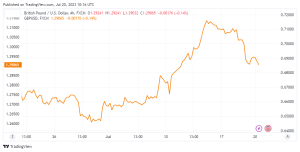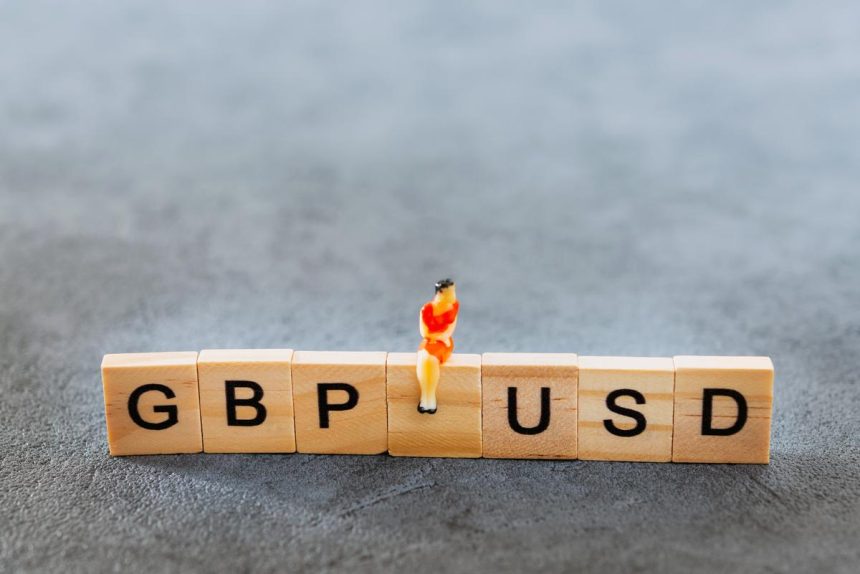GBPUSD fell more than 100 pips on Wednesday, reaching 1.2868.
GBPUSD fell more than 100 pips on Wednesday, reaching 1.2868, its lowest level in a week. Although the pair has recovered some of its losses and is again trading above 1.2900, the near-term technical picture does not support the assumption of a sustained recovery.
Pound Sterling came under severe selling pressure midweek, with markets leaning toward a 25-basis point (bps) Bank of England (BoE) rate rise in August after June Consumer Price Index (CPI) data came in below forecast.
Deputy Governor of the Bank of England Dave Ramsden recognized that inflation had begun to rise. Although it has dropped dramatically in the UK, it was still “much too high.” Following this statement, the GBPUSD regained support and surged back over 1.12900.
The UK’s FTSE Index is up more than 0.5% on the day as of early Thursday, helping GBPUSD contain its losses for the time being. However, US stock index futures are trading in the red. The Nasdaq Futures are down over 1% in the European session after poor earnings reports from US tech titans. If safe-haven flows dominate financial markets following Wall Street’s opening bell, the US Dollar may keep its footing, weighing on the pair.
In the early American session, the US Department of Labor will issue the weekly Initial Jobless Claims data. A higher-than-expected reading of around 220,000 potentially reinforce tight labor market conditions and offer a lift to the USD.
GBPUSD Technical Outlook
The 4-hour chart’s Relative Strength Index (RSI) indicator remains slightly below 40, indicating a lack of rebound momentum. Prior to 1.2850 (100-period Simple Moving Average), 1.2870 (Fibonacci 50% retracement of the most recent upswing) serves as significant support for GBPUSD.
A 4-hour closure below the latter might precipitate a long-term decline toward 1.2800 (psychological level, Fibonacci 61.8% retracement).

On the upside, the first level of resistance is around 1.2930 (Fibonacci 38.2% retracement). Once the pair breaks over that level and begins to use it as support, it may aim for 1.3000 (50-period SMA, 20-period SMA, Fibonacci 23.6% retracement).









